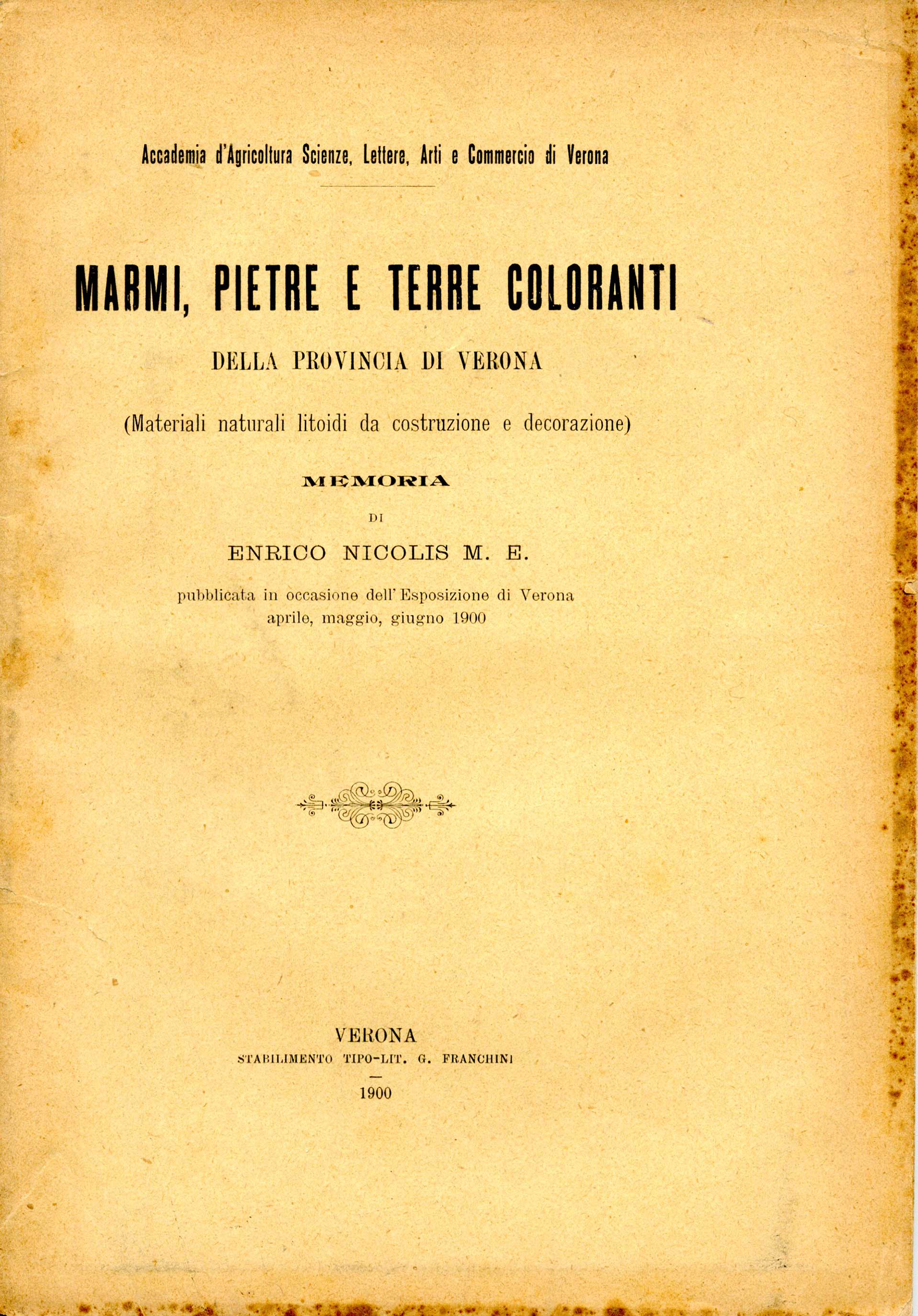While we are waiting for the opening of the world fair 2015, let’s briefly glance at the past, when Verona was the focus of public interest
The official name of EXPO 2015 is „World fair Milan 2015, Italy“.
The world fairs started in the 18th century and became a real fleeting fashion in the middle of the 19th century.
The Eiffel tower has been built within two years for the Parisian world fair in 1889, precisely for the centenary celebrations of the French Revolution.
The phenomenon “world fairs” entrained a lot of „smaller“ fairs. Verona as well was caught by this wave of enthusiasm and, on the occasion of the EXPO 2015, it’s high time to talk about the province fair in Verona in 1900.
But why should we be interested in the fair in Verona from 1900?
Due to several fateful events, Verona’s economy stalled persistently in the second half of the 19th century. Not only the general economic crisis caused Verona a lot of trouble, but also a number of grape diseases (phylloxera, downy mildew and mildew) as well as the pébrine, a parasitic disease of the silkworms, brought the economy down.
To crown it all, the terrible flooding of the river Adige in 1882 caused enormous damages in the entire province.
Furthermore, about twenty thousand soldiers from the Austrian occupying army had been withdrawn from the city after the annexation of the province to Italy, when they had guaranteed a decent income for the 55.000 residents, although they were hardly tolerated by the locals.
The city councillors wanted to set an example, as you’d call it nowadays, and were seriously intended to start up the economy of Verona, therefore they decided to organize the World fair in Verona in 1900, precisely at the turn of the century (today it would be called Verona EXPO).
The fair was supposed to show the progresses in the manufacturing industry and agriculture of Verona and the entire region; besides, several international, national and regional competitions concerning agricultural machines, sericulture and cheese dairy were meant to be a starting point for other similar organizations.
The exhibition halls of the world fair in Verona were installed between the station Porta Nuova and the Basso Acquar district, next to the then newly built canal Camuzzoni, to free a large area from the former military zone.
We don’t know exactly, to what extent and in which order the marble industry was representated at the exhibition. What we know is, that some of the fair organizers, namely the “Accademia d’Agricoltura, Scienze, Lettere, Arti e Commercio di Verona“ (Veronese Academy of agriculture, science, literary studies, art and commerce), published therefore several scientific and technical brochures.
The founder of Marmi Rossi, Maurizio, didn’t even finish elementary school, but he was a brilliant man with a great thirst of knowledge and a knack for entrepreneurship. Immediately after the Second World War he took private tuition in Italian from the local minister and, probably at the same time, he started buying indiscriminately old books on the flea market in Piazza Erbe in Verona (the books were already old at that time, some were dated back to the 19th century, others to the early 20th century): it’s likely that he only bought them because they were cheap! Not knowing about the value, good Maurizio had gradually got himself a small literary treasure, unfortunately a large part of these books got lost. One small book belonged to that valuable collection but has been saved until today, it intrigues and moves us, the founder’s grandchildren, because we are all still stonemasons in our hearts.
"Marble, stone and earth colours of the Veronese province.
(natural rock material for construction and decoration)
Memoirs of Enrico Nicolis M. E.
Publication on the occasion of the exhibition in Verona
April, May, June 1900"
Only 70 faded pages tell about the finishing of marble and natural stone from the Veronese province, just the history of the beginning of the today’s Veronese stonemason tradition. The booklet belonged to the memoirs of the Veronese Academy of agriculture, science, literary studies, art and commerce, which still exists; its library is open to the public from Mondays to Fridays from 9.30 to 12.30.
Are you interested in learning more about the content of this booklet? Then read through our next article…

